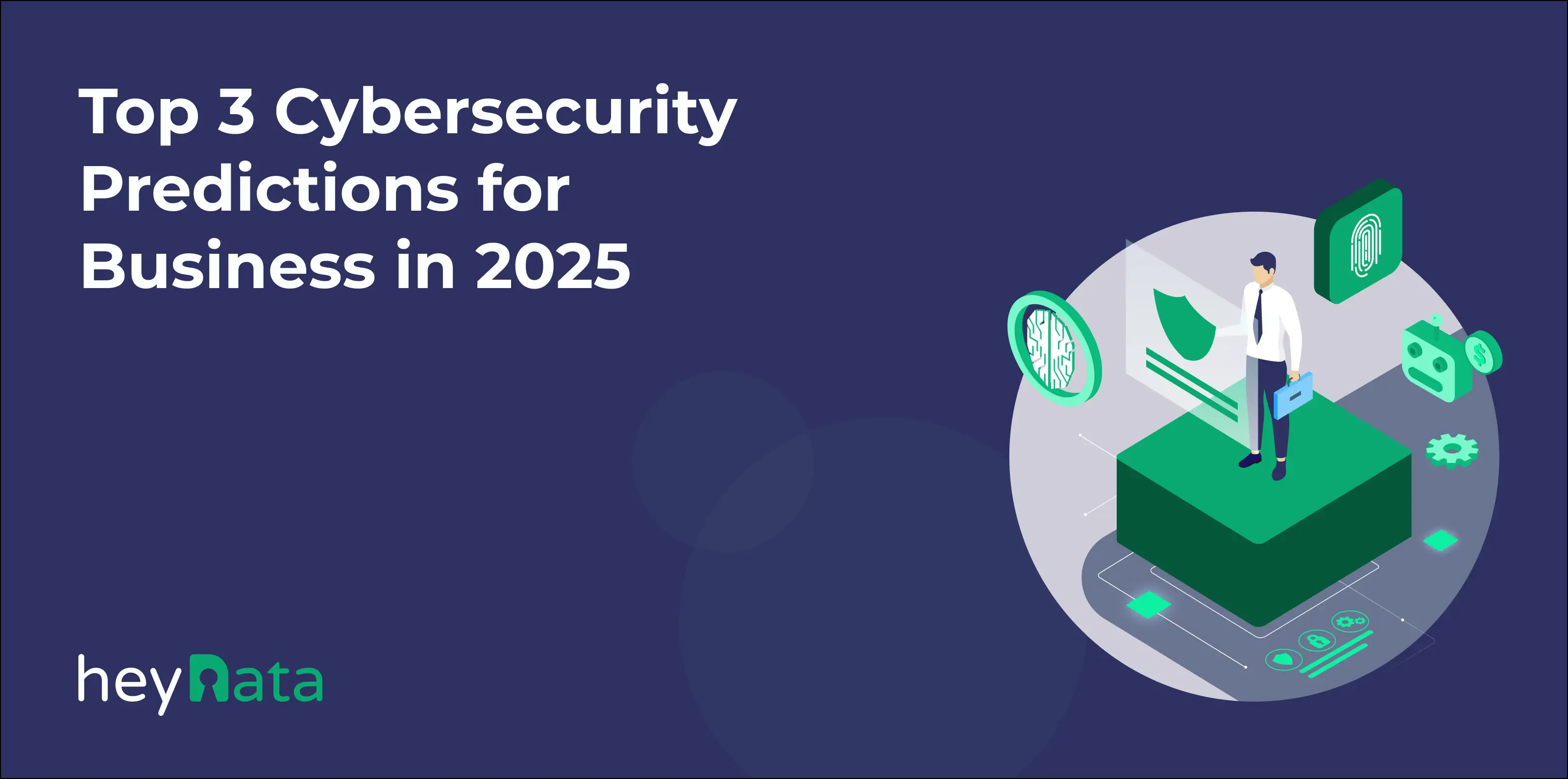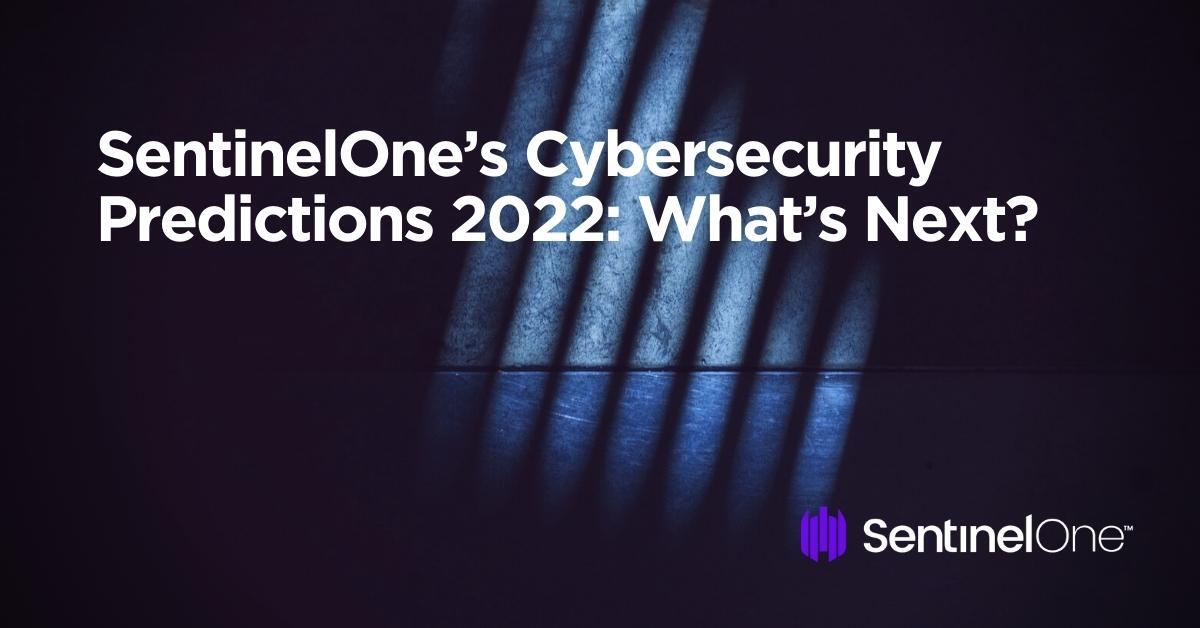Leading Cybersecurity Forecasts for 2024: Stay Ahead of Arising Dangers
As we approach 2024, the cybersecurity landscape is poised for substantial makeover, driven by arising risks that organizations have to not just prepare for however likewise strategically address. The increase of AI-driven cyberattacks, combined with progressively innovative ransomware techniques, highlights the urgent need for sophisticated defenses. Additionally, the growing variety of IoT tools presents brand-new susceptabilities that might be made use of. With regulatory modifications coming up and a crucial focus on cybersecurity training, it is essential for companies to reassess their methods to remain durable. How ready are you to browse these evolving challenges?
Surge of AI-Driven Strikes
As companies significantly take on man-made intelligence technologies, the potential for AI-driven assaults is becoming a paramount problem in cybersecurity. Cybercriminals are leveraging AI to enhance the class and efficacy of their attacks, producing a landscape where conventional safety steps might falter. These assaults can manipulate machine discovering algorithms to identify vulnerabilities in systems and networks, causing more targeted and damaging violations.
AI can automate the reconnaissance stage of an attack, enabling enemies to collect large amounts of data swiftly (7 Cybersecurity Predictions for 2025). This capability not just shortens the moment needed to release an attack but additionally raises its precision, making it harder for protectors to prepare for and alleviate risks. Furthermore, AI can be utilized to produce persuading phishing systems, generate deepfake web content, or adjust data, even more complicating the cybersecurity landscape
Organizations should prioritize the assimilation of AI-driven cybersecurity options to respond to these emerging risks. By using innovative hazard discovery systems, companies can improve their ability to determine and counteract AI-generated strikes in actual time. Continual financial investment in training and awareness programs is also crucial, as it equips workers to recognize and react to potential AI-driven threats successfully.
Boosted Ransomware Refinement
The increase of AI-driven attacks is not the only fad reshaping the cybersecurity landscape; ransomware assaults have actually likewise progressed, ending up being increasingly innovative and targeted. As cybercriminals improve their methods, companies deal with increased risks that need flexible strategies to minimize possible damage.
Modern ransomware dangers now utilize advanced methods, such as double extortion, where assaulters not just secure information however likewise threaten to leak sensitive details if their needs are not satisfied. This includes an additional layer of pressure on sufferers, typically engaging them to pay ransom money to secure their reputations and customer trust fund.
Moreover, using automated tools and device understanding formulas by perpetrators has streamlined the strike process, allowing them to determine susceptabilities more effectively and tailor their strategies versus details targets. Such developments have caused a startling rise of attacks on essential facilities, healthcare systems, and supply chains, emphasizing the need for durable cybersecurity structures that prioritize real-time threat detection and action.
To counter these progressing dangers, companies must purchase detailed training, progressed safety technologies, and case response intends that incorporate lessons gained from past ransomware occurrences, guaranteeing they stay one step ahead of increasingly intricate attacks.
Development of IoT Susceptabilities
With the rapid expansion of the Web of Things Learn More (IoT), vulnerabilities associated with these interconnected devices have actually come to be a vital concern for companies and individuals alike. The expansion of smart gadgets, from home devices to industrial sensing units, has developed a large attack surface for cybercriminals. Several IoT tools are released with marginal protection procedures, commonly utilizing default passwords or obsolete firmware, making them prone to exploitation.
As tools end up being interconnected, the potential for massive assaults rises. Compromised IoT devices can offer as entrance points for attackers to penetrate more secure networks or launch Dispersed Rejection of Service (DDoS) strikes. The absence of standardization in IoT safety gauges more exacerbates these vulnerabilities, as varying producers carry out varying degrees of protection
Additionally, the raising sophistication of malware targeting IoT devices positions significant dangers. Danger actors are continually establishing new techniques to manipulate these weak points, bring about potential data violations and unapproved accessibility to sensitive info. As we relocate into 2024, organizations have to focus on IoT safety and security, applying durable actions to secure their networks and minimize the dangers related to this swiftly growing landscape.
Regulative Adjustments Influencing Safety

In 2024, we anticipate to see more rigid conformity needs for companies, specifically those that manufacture or release see it here IoT tools. The intro of regulations such as the European Union's Cyber Strength Act and updates to existing structures like the NIST Cybersecurity Framework will emphasize security by design. Organizations will be mandated to carry out durable safety measures from the preliminary phases of product development, making certain an aggressive position versus potential vulnerabilities.
Moreover, governing bodies are most likely to impose substantial penalties for non-compliance, engaging businesses to prioritize cybersecurity investments. This shift will certainly not only boost the general safety and security stance of organizations but will likewise promote a culture of liability in shielding user information. As laws tighten up, the obligation will increasingly fall on companies to show conformity and protect against the ever-evolving risks in the digital landscape.
Emphasis on Cybersecurity Training
Organizations' commitment to cybersecurity training is ending up being progressively critical as threats progress and strike vectors increase. With cybercriminals continually establishing advanced methods, it is extremely important for staff members in all degrees to comprehend the dangers and recognize their function in alleviating them. Comprehensive training programs furnish personnel with the knowledge and abilities needed to determine potential threats, such as phishing strikes, social design techniques, and malware.
Moreover, a culture of cybersecurity recognition promotes watchfulness among staff members, reducing the chance of human mistake, which stays a significant susceptability in lots of companies. Regularly upgraded training modules that mirror the most current dangers will ensure that team remain enlightened and with this the ability of responding successfully.


In 2024, organizations will likely focus on continuous education and simulation workouts, making it possible for staff members to exercise their reaction to real-world scenarios. Collaboration with cybersecurity experts for tailored training services may likewise become a lot more widespread. Inevitably, purchasing worker training not only enhances a company's protection pose however likewise cultivates a positive strategy to cybersecurity, enhancing the idea that protection is a common duty throughout the enterprise.
Conclusion
Finally, the cybersecurity landscape in 2024 will be shaped by the rise of AI-driven strikes, progressively advanced ransomware strategies, and the expansion of susceptabilities linked with IoT gadgets. Regulative modifications will demand boosted compliance measures, underscoring the importance of incorporating protection deliberately. A solid emphasis on detailed cybersecurity training will certainly be essential in growing a business culture resilient to arising risks. Aggressive adaptation to these trends will certainly be essential for effective protection strategies.